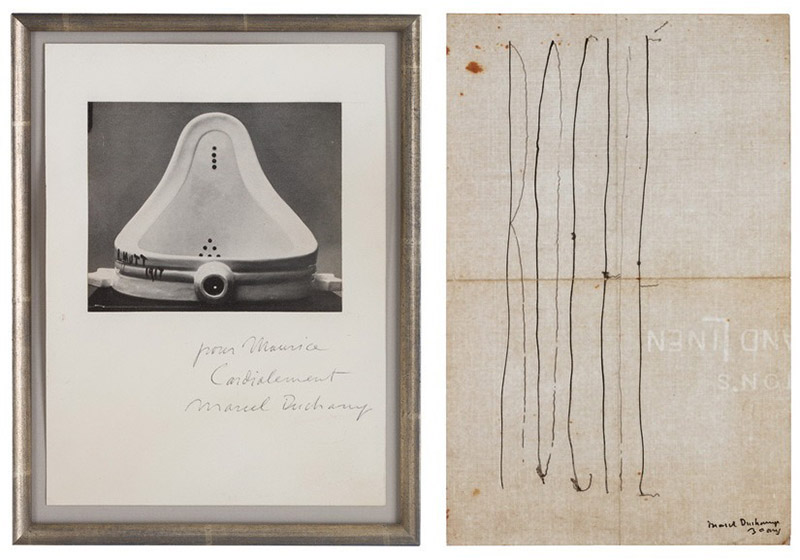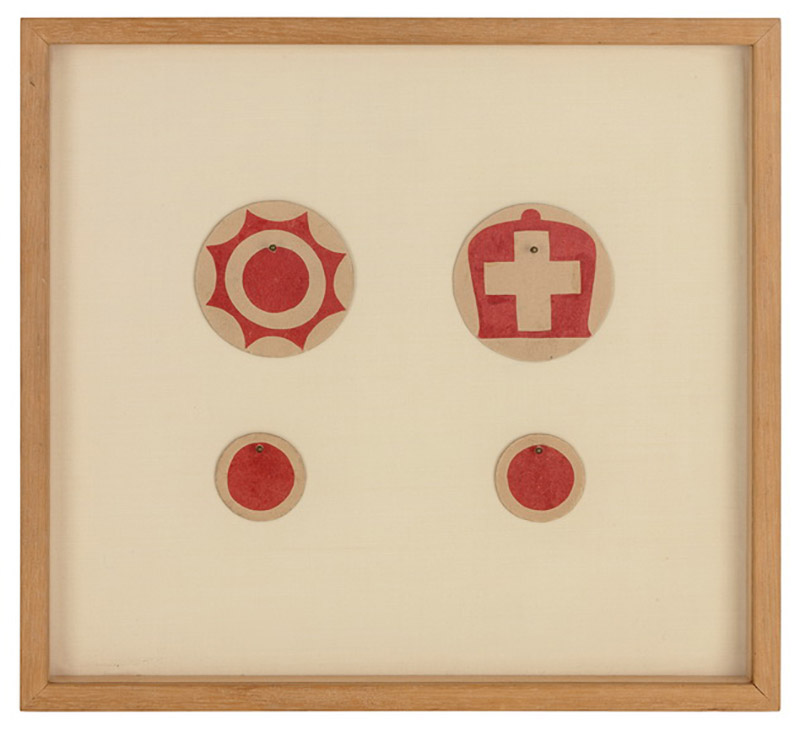ART CITIES:N,York-Brancusi & Duchamp, The Art of Dialogue
 Constantin Brancusi and Marcel Duchamp became friends in the 1910s. Around 1913, Duchamp abandoned painting and embarked on a completely experimental journey, when he invented the ready-made, by appropriating everyday object and pronouncing it an artwork. Aside from their conceptual differences they remained friends for decades and helped each other.
Constantin Brancusi and Marcel Duchamp became friends in the 1910s. Around 1913, Duchamp abandoned painting and embarked on a completely experimental journey, when he invented the ready-made, by appropriating everyday object and pronouncing it an artwork. Aside from their conceptual differences they remained friends for decades and helped each other.
By Dimitris Lempesis
Photo Kasmin Gallery Archive
Together with Duchamp, Brancusi installed his first two major solo exhibitions in the United States in 1926–27 and in 1933–34. Along with their mutual friend Henri-Pierre Roché, Duchamp acted as Brancusi’s mediator since he lacked a dealer. Certain similarities can be found in work of both artists from photography and moving pictures, over eroticism and gender play, the objectness of things. They were both innovators in a constant search for new possibilities and solutions which penetrated traditional understanding of art. The exhibition “Brancusi & Duchamp: The Art of Dialogue”, explores the aesthetic dialogue between Constantin Brancusi and Marcel Duchamp. Bringing together over eighty sculptures, objects, photographs, films, and drawings from an international array of public and private collections, as well as a selection of rare archival documents, this exhibition is the first of its kind in any American museum or gallery. In addition to one original Brancusi sculpture and four posthumous casts in polished bronze, the exhibition features numerous vintage photographic prints by the sculptor of some of his most iconic creations, including “Princess X”, “Leda”, “Endless Column” and “Mademoiselle Pogany”. Composed in the confines of his Parisian studio, these images reveal a lesser-known and underappreciated aspect of Brancusi’s artistic process, in which he transformed his three-dimensional sculptures into entirely new artworks, through the theatrical play of light and shadow, as well as the constantly evolving sculptural arrangements captured in these photographs. Also on view are several artworks by Brancusi that belonged to Duchamp’s wife, Alexina, who was his friend and an admirer. While Duchamp commenced his artistic career as a painter, he quickly abandoned his brush in favor of more radical aesthetic endeavors inspired by a Duchamp’s search for answers led him to conceive the readymades, mass-produced objects that he selected and isolated from their utilitarian context in order to undermine the artist’s touch and defy the concept of taste. Several of these celebrated and highly sculptural objects, such as “In Advance of the Broken Arm” (1915/1964), “With Hidden Noise” (1916/1964), and “L.H.O.O.Q.” (1919/1964), that are on display. Other Duchamp works featured in the exhibition include his early fauvist painting “Nude with Black Stockings” (1910), “Rotoreliefs” (1935), “Box in a Valise” (1935–41), “Female Fig Leaf” (1950/1951), and his chess treatise “Opposition and Sister Squares Are Reconciled “ (1932), the cover of which he designed in collaboration with Brancusi.
Info: Curator: Paul B. Franklin, Kasmin Gallery, 515 West 27th Street, New York, Duration: 20/9-22/12/18, Days & Hours: Tue-Sat 10:00-18:00, https://kasmingallery.com




